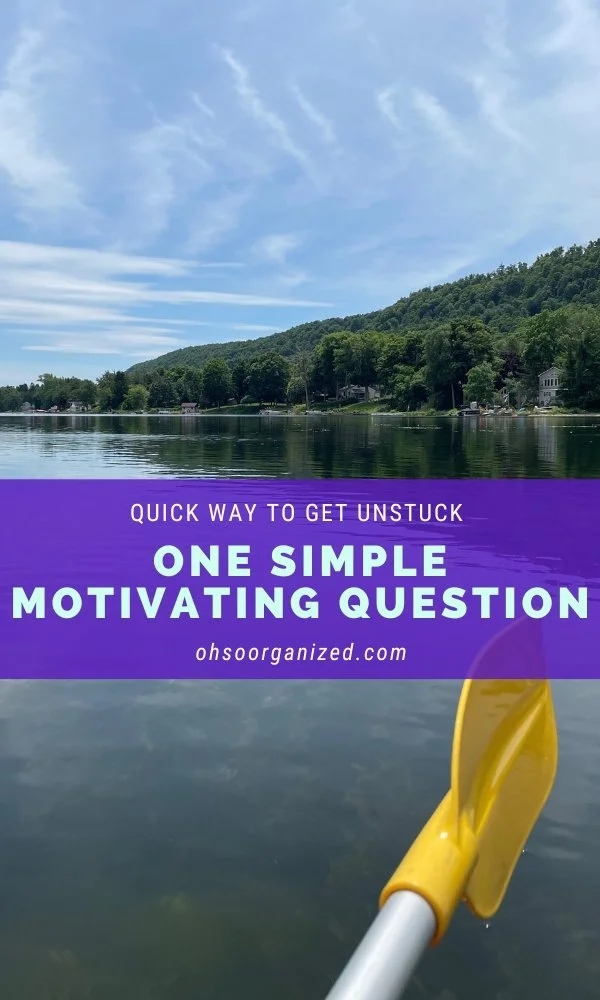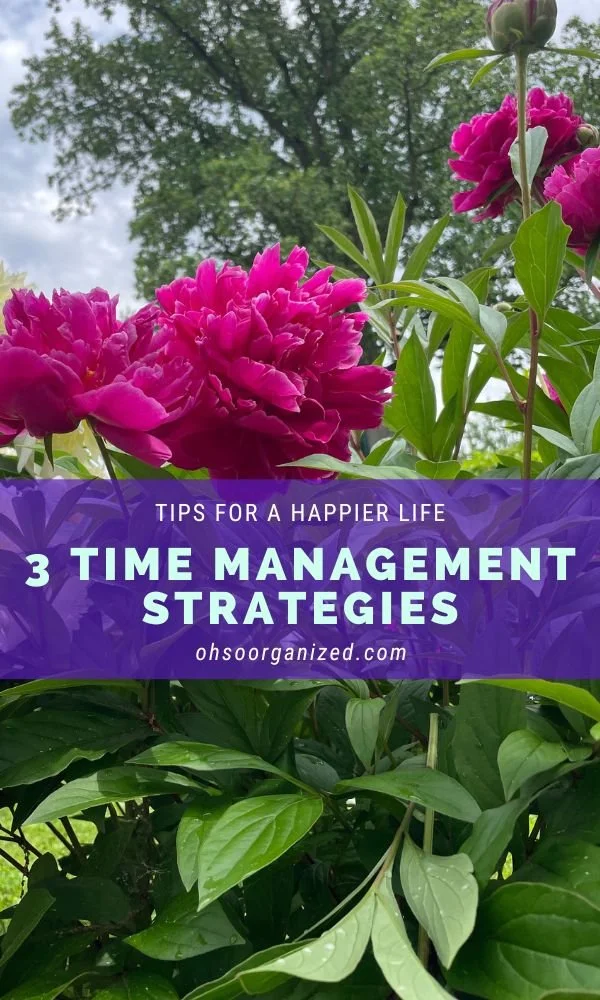How is it already February? The past few months have been intense, and time has flown by. Based on recent conversations and my own experience, many people want to make changes but feel stuck.
Conflicting emotions include an urgency for change, confusion about what to change or how to move forward, and exhaustion even before starting. Additionally, the desire for change and the fear of the unknown can create further paralysis.
These feelings can show up in many ways, including:
You are dissatisfied with the status quo.
You want to make a shift but don’t know how to go about it.
You’re exhausted from the news, endless possibilities, and uncertainty.
You are unable to focus.
You feel overwhelmed.
You feel stuck and can’t figure out how to move forward.
You want things to change but have no energy to make it happen.
You want to press pause and postpone change.
You want to take action but are afraid of doing it wrong.
You don’t want to live this way anymore but lack clarity about changing things.
The Clarifying Question
Before making any change, selecting one area to focus on is essential. It can be tempting when pursuing change to get overly ambitious. There is nothing wrong with that. However, dividing your attention in too many directions can be overwhelming.
In The Power of Letting Go by John Purkiss, he poses this powerful and clarifying question:
“What do you want to change in your life?”
While you may have a long list of items, I encourage you to choose only one thing at a time. Don’t worry about what change to make or how or when you’ll make it. Release that noise. Begin with the question.
Which Change Will You Pursue?
You might want to pursue changes in several of the categories below. However, as mentioned, focusing on one area and one specific change at a time is most effective.
Change categories include:
Career and Work
Family and Relationships
Finances
Fun and Recreation
Health and Wellness
Personal Growth
Physical Environment
Spirituality
Here are some examples:
If Fun and Recreation is the first category you focus on, you might add one fun activity each month, such as going to a movie, ice skating, or having a pizza and game night.
If Health and Wellness is the first category you focus on, you might establish better sleep hygiene over several months. Establish consistent bedtime, reduce the ambient light, put away digital devices a few hours before bed, and take a warm bath.
If Physical Environment is the first category you focus on, you might declutter and organize one area each month, such as the kitchen, clothing closet, or bathroom.
Integrate one change before pursuing additional ones.
“Integrate one change before pursuing additional ones.”
How to Work with the Clarifying Question
You know the clarifying question. Here’s one way to work with it:
Find a quiet place to reflect.
Close your eyes if that helps.
Sit with John’s question: What do you want to change in your life?
Notice what arises.
Capture your thoughts.
Scan your list.
Note which categories your changes are in.
Select one category and one specific change from that category to focus on first.
Allow the other ideas and chatter to recede into the background for now.
Once the change is well established, revisit your list to select the next change you want to pursue.
Do you feel more prepared to embrace change? Was the clarifying question helpful? What are you considering? I’d love to hear your thoughts. I invite you to join the conversation.
How Can I Help?
Do you want support organizing, planning, or clarifying changes to pursue? I’d love to help! Virtual organizing is an extraordinary path forward – A local feel with a global reach.
Please schedule a Discovery Call, email me at linda@ohsorganized.com, or call 914-271-5673. Change is possible, especially with support.
















